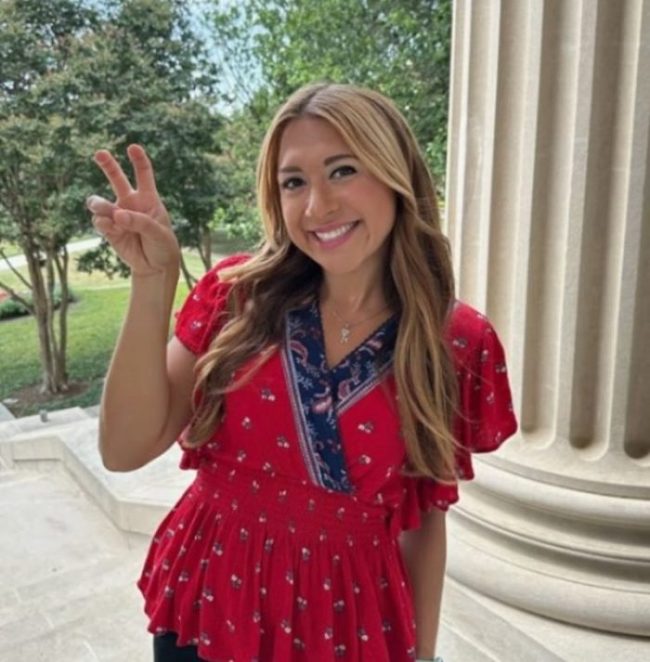Classroom dress attire has undoubtedly changed over the past few decades. Roughly 40 years ago, students dressed more formally, and now some professors feel that certain relaxed clothing styles worn to class are inappropriate. Which teachers draw the line, and where do they draw the line in classroom dress code?
History professor John Mears wishes for minimal discretion in what students wear, because it gives students a chance to dress more “diversely” and “comfortably.”
The movement for less formal dress wear occurred while Mears taught in the 70s.
“It didn’t happen abruptly, it happened slowly, and by the 90’s, [informal wear] was in full swing,” Mears said.
Many professors admit that this type of clothing – i.e. gym clothes – is not what deems an outfit appropriate or inappropriate. The issue is the level of flashiness, as Mears puts it, and also how much skin is showing.
“I’m fine with shorts and T-shirts, as long as the shorts aren’t too short and the T-shirts are appropriate,” said associate math professor Tom Carr.
When calculating his students’ grades, Carr says dress attire has nothing to do with the final grade, but it can have different implications of the student’s personality.
“When you dress, you are representing yourself and sometimes students don’t represent themselves well,” Carr said.
Another possible result of dressing inappropriately for class is that you may have left a subliminal impression on the professor – one that might affect how professors approach compiling your letters of recommendation and references, Carr said.
“I’m still going to talk about whether the student was a good student or a bad student, but this is still a professional relationship. It could often times be treated more so like that,” Carr said.
Dressing inappropriately is mostly an issue during the summertime, says economics professor Eva Lee, but when that time of year comes around, the biggest complaint is clothing that is too revealing.
“Some professors may feel like it is not very respectful,” said Lee, especially if the scenario consists of a female student wearing clothes more suitable for night-time partying in the classroom of a male professor.
“I’m a female teacher, so I don’t mind, [but] it’s still not appropriate for the classroom,” Lee said.
On the other hand, Lee agrees that despite the issue of respectfulness, dress attire does not, and should not, affect her student’s final grade.
A flipside to the issue of inappropriate student dress is that they are not putting enough of themselves out there. Cinema television professor Rachel Lyons encourages students to dress more creatively in an environment that consist of labels.
“We have a very small population, but what we see more is kind of conservative dressing already caught up in how much is this and how much is that,” Lyons said.
Lyons recalls recently encountering a group of girls wearing equestrian styled boots, and when asked if any of these girls actually ride horses, Lyons said “none of them rode.”
Female students, in particular, are also plagued with the pressure to dress sexually.
Girls feel that they’re “valuable if [they’re] sexy and everything I’d like to teach them is that you’re valuable if you can make a movie, if you can live your dream. You’re valuable for all of these other reasons,” Lyons said.








